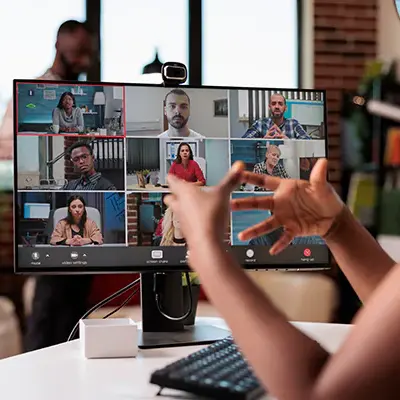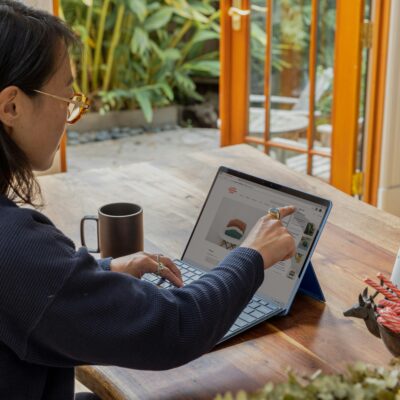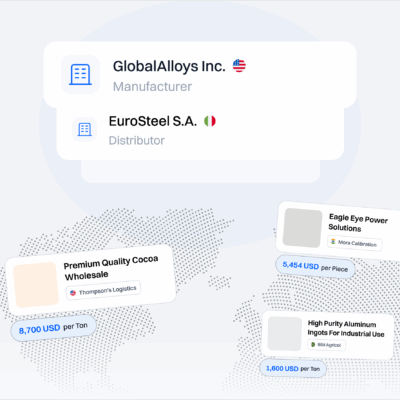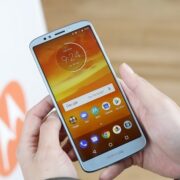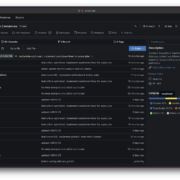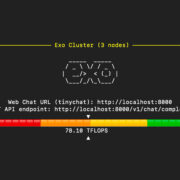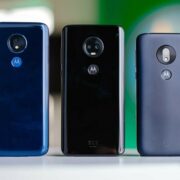Dang it, no signal!
It seems like a surprising thing to encounter in 2025, but signal blackspots for mobile devices are still a thing. However, space has the answer.
LEO (Low Earth Orbit) satellites using direct-to-device (D2D) technology are the solution to signal blackspots, and these are two terms we will be hearing a lot more often in the coming years as this technology becomes more common.
T-Mobile and Vodafone are already rolling out this space-age tech, so we will see it sooner than we may think and can say goodbye to a lack of signal, and begin enjoying strong network connections even in the most remote locations.
This article defines CEO D2D technology and why it matters, and telco leaders driving this technology, performance, speed, limitations, customer sentiment, and adoption trends.
What Is LEO D2D Connectivity and Why Does It Matter?
LEO and D2D are terms we are going to hear a lot more over the next decade. But as for now, what are they and why do they matter?
What is D2D Satellite Connectivity?
Direct-to-device (D2D) satellite connectivity allows smartphones and other mobile devices to connect directly to satellites, enabling messaging, voice, and data services without relying on traditional cell towers.
What are LEO Satellite Systems?
Low Earth Orbit (LEO) satellite systems operate 500–2,000 km above Earth. They provide fast, low-latency internet and communication services, supporting real-time data, mobile coverage, and global access, even in remote areas.
How is LEO Different from Traditional Satellite Systems?
LEO satellites orbit much closer to Earth than traditional geostationary satellites, resulting in lower latency, quicker data transfers, and better mobile connectivity, especially useful for real-time applications and global device access.
Why do LEO and D2D Matter?
These technologies are currently more expensive than regular network coverage plans, but they are essential for certain use cases. Rural residents depend on satellite mobile network coverage, as do hikers, victims in disaster zones, and hundreds of thousands of remote workers.
Telco Leaders Driving Satellite-to-Phone Services
Many of the biggest names in mobile devices and mobile network coverage are leading the way for satellite-to-phone services. These include T-Mobile + SpaceX, Vodafone + AST SpaceMobile, and Apple + Globalstar.
Some of these services, like SpaceX, are already available, though prices remain high as it’s a new technology. Other services are still being rolled out and will be available later this year or early in 2026. The services that will be on offer are SMS, voice, emergency SOS, and later, data transfer will be available.
The good news is that many phones are already enabled to use these satellite technologies, so users won’t need their own dish. However, it’s essential for users to consider the regulatory considerations in their country before investing.
Performance, Speed & Limitations
Despite the amazing capabilities of satellite mobile coverage, like zero blackspots, there are some significant limitations. For example, it is only currently capable of speeds slower than terrestrial 5G and can only support limited concurrent connections.
Other limitations include:
- Latency: Although low, latency may still impact performance for real-time apps compared to ground networks.
- Weather effects: Heavy rain, snow, or storms can disrupt signal strength and reduce connection reliability significantly.
- Challenges with mobility (e.g., moving vehicles): Maintaining a stable satellite link is harder for fast-moving vehicles like cars or airplanes.
The flipside is that there is a huge investment from many telco companies to improve these technologies and resolve the challenges. More satellites are in production, alongside mesh integration with terrestrial networks to boost transfer speeds.
Customer Sentiment and Adoption Trends
Customers are becoming more and more excited about LEO D2D technology and the always-on connectivity, especially for customers located in rural areas and those who frequently engage in adventurous outdoor activities.
Feedback from early adopters of this tech is that they are enjoying the peace of mind that they are always able to contact loved ones and business contacts wherever they are. They are also enjoying the reliability, even if current speeds are lower than conventional network services.
For consumers who are considering satellite phone services, it can be challenging to know which is best for them now, as there are, or will soon be, many services to choose from. Many online reviews are fake, so it’s crucial to use a best reviews guide to get honest reviews on D2D-compatible carriers.
The sentiment is quickly shifting from LEO 2D2 being a “nice-to-have” to “must-have” in travel, emergency, and gig economy contexts.
Conclusion
LEO D2D is space-age, but it’s coming to consumers right now, and there are more services that will be rolled out later this year to give a choice of carriers.
This tech is redefining what full coverage means, because people can get coverage no matter how remote their location is. But it will mostly benefit consumers in the most remote locations and is not as useful for those in built-up areas, as data transfer speeds are behind traditional phone coverage services.
With partnerships solidifying and user reviews improving, satellite-to-phone connectivity is moving from science fiction to everyday reality.

